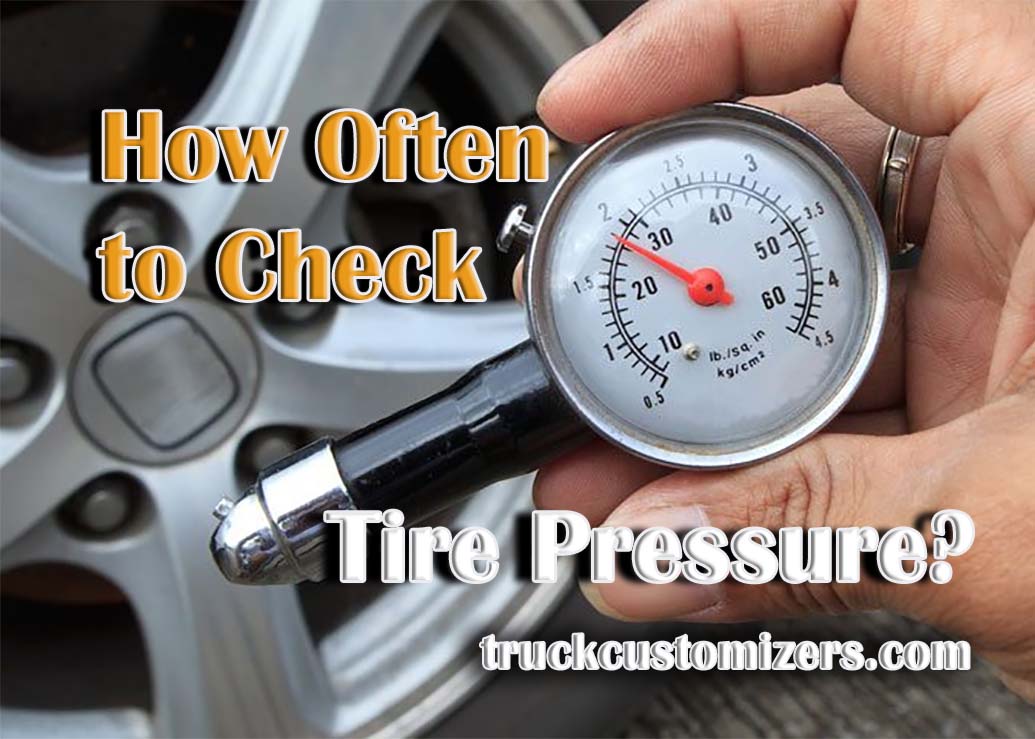Understanding vehicle dynamics is crucial for safe and effective driving. These dynamics encompass how a car responds to various steering inputs, road conditions, and driver actions. This knowledge is not only vital for professional drivers but also for everyday individuals who wish to navigate roads safely. Our focus will be on two specific aspects of vehicle dynamics: understeer and oversteer. These phenomena affect vehicle handling and stability, and knowing how to recognize and respond to them is essential for any driver. We will explore what causes these conditions, how they manifest while driving, and the best practices for safe driving in such scenarios.
What Does Understeer Mean?
Understeer occurs when a car turns less than what the driver intends due to the front wheels losing grip. This phenomenon is common in front-wheel-drive vehicles and can be a concern in hazardous conditions like wet or icy roads. When a vehicle understeers, it continues to travel straight despite the driver turning the steering wheel. This can be caused by several factors, including excessive speed during turning, poor tire condition, or uneven road surfaces. Understanding understeer is crucial for drivers, as it helps them adapt their driving style and vehicle maintenance to prevent such occurrences. Identifying the early signs of understeer allows for timely corrective measures, ensuring safety on the road.
The Mechanics of Oversteer
Oversteer is the opposite of understeer, where the rear tires lose grip before the front tires, causing the vehicle’s rear end to swing outwards during a turn. This is more common in rear-wheel-drive cars and can be particularly challenging to control, especially for inexperienced drivers. Causes of oversteer include aggressive steering, sudden acceleration, and slippery road conditions. The key to managing oversteer lies in understanding how to maintain control of the vehicle when the rear end begins to slide. It requires a combination of controlled steering, throttle management, and a calm demeanor to safely correct the vehicle’s path and avoid potential accidents.
Prevention Strategies for Understeer and Oversteer
Preventing understeer and oversteer involves a proactive approach to driving and vehicle maintenance. Here are some strategies:
-
Moderating Speed: Reducing speed before entering a turn can significantly decrease the risk of losing traction.
-
Smooth Steering and Braking: Gradual and smooth steering inputs help maintain vehicle stability. Similarly, gentle braking prevents abrupt weight shifts that can lead to traction loss.
-
Tire Maintenance: Regularly checking tire pressure and tread depth ensures optimal grip and handling.
Incorporating these practices into your driving routine can greatly enhance safety and vehicle control.

Safe Reaction Techniques
Reacting safely to understeer and oversteer requires presence of mind and understanding of basic driving principles. In case of understeer, gently easing off the accelerator and steering in the direction of the turn can help regain control. For oversteer, steer in the direction you want to go (also known as “steering into the skid”) and modulate the throttle carefully to stabilize the car. It’s important to avoid panic braking or sudden steering movements, as these can exacerbate the situation.
The Importance of Regular Vehicle Maintenance
Maintaining your vehicle is key to preventing issues like understeer and oversteer. This includes regular checks and servicing of brakes, tires, and suspension components. Specifically, tire care is paramount. How Often to Check Tire Pressure is an essential aspect of this, as correct tire pressure ensures optimal contact with the road, providing better grip and handling. We delve deeper into this topic in our dedicated article on tire maintenance, emphasizing its significance in overall vehicle safety.
Conclusion
Understanding the concepts of understeer and oversteer is essential for any driver. Recognizing their causes, implementing preventive measures, and reacting appropriately can greatly enhance driving safety. Regular vehicle maintenance, particularly tire care, is a critical component of this. By staying informed and vigilant, drivers can ensure a safer and more enjoyable driving experience.



